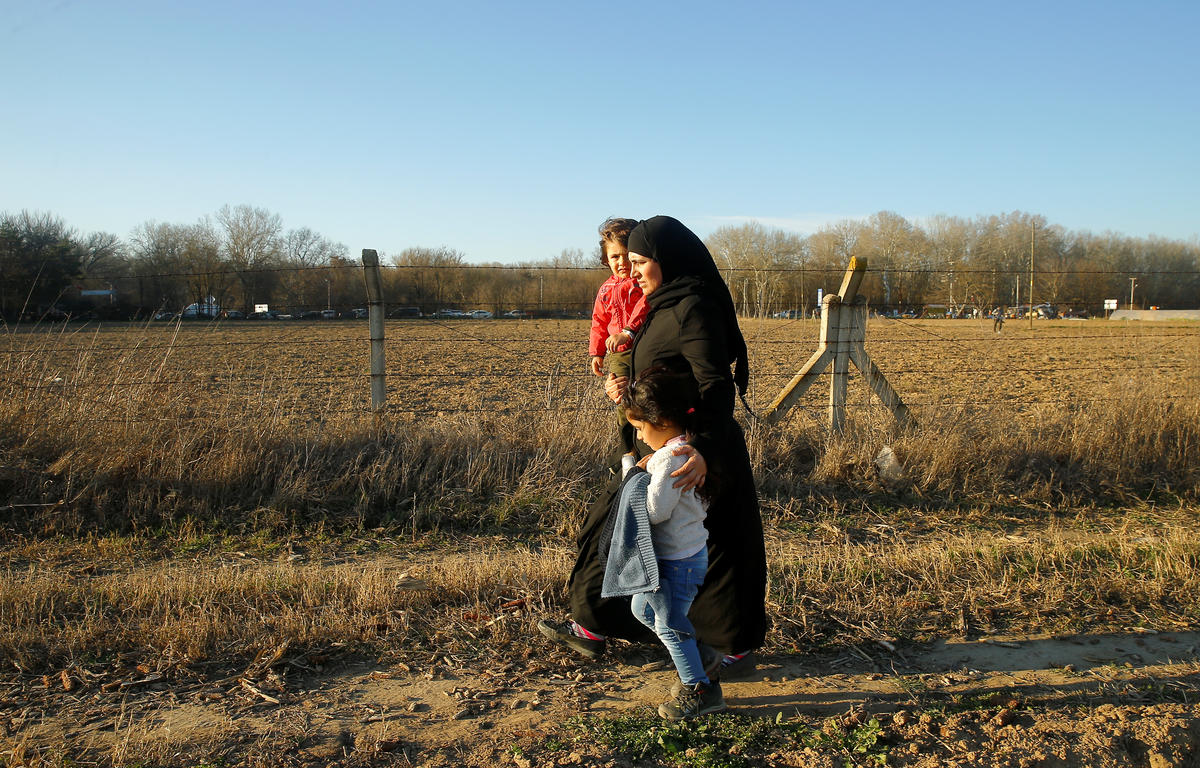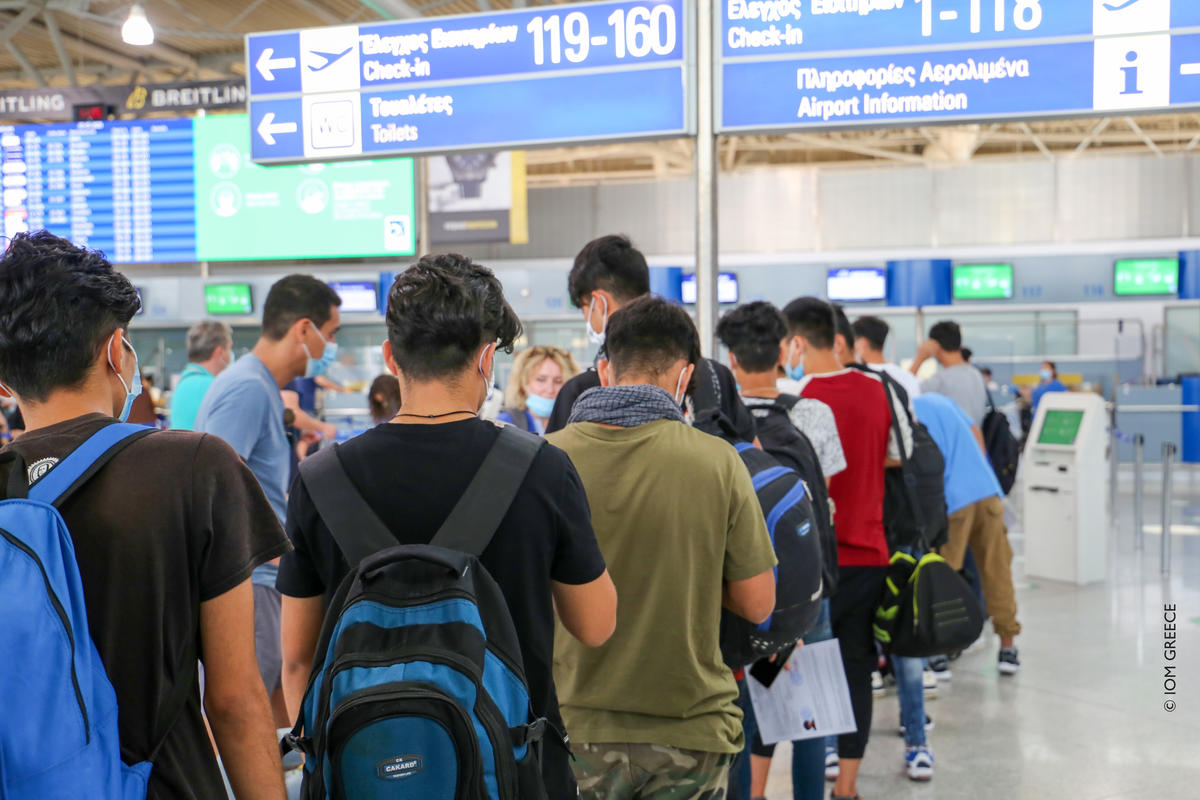A record 103,000 refugees and migrants cross the high seas to Yemen in 2011
A record 103,000 refugees and migrants cross the high seas to Yemen in 2011

Most of the new arrivals reach Yemen's shores in desperate condition – dehydrated, malnourished and often in shock.
GENEVA, January 20 (UNHCR) - Despite growing instability and a worsening security situation in Yemen, a record 103,000 refugees, asylum-seekers and migrants risked the perilous high seas to reach the Middle East nation from Africa.
Last year saw an almost 100 per cent increase from 2010, when 53,000 people made the same journey across the Gulf of Aden or the Red Sea. The previous highest recorded number of arrivals was in 2009, when at least 78,000 people crossed. UNHCR has been gathering data on the mixed migration flow from the Horn since 2006.
"Among those who made the crossing last year, more than 130 are known to have drowned," UNHCR spokesman Adrian Edwards told journalists in Geneva on Friday. "Most of the new arrivals reach Yemen's shores in desperate condition - dehydrated, malnourished and often in shock."
Those crossing the Red Sea and the Gulf of Aden from Somalia and other Horn of Africa countries face extreme risks and challenges at every stage of their journey. These include physical and sexual violence as well as trafficking. Once in Yemen they face new difficulties such as inadequate access to basic services as well as limitations to the freedom of movement and lack of access to employment.
"The latest data also shows a striking increase in the number of Ethiopians arriving in Yemen - who now account for three out of every four arrivals," Edwards said, while noting that until 2008 the majority of those making the crossing were Somali refugees fleeing violence and human rights abuses in their country. Ethiopian nationals have since been in the majority.
On arrival in Yemen, Somalis are automatically recognized as refugees, which ensures access to documentation and relatively unhindered movement. Some 25,500 Somali refugees arrived in Yemen last year, bringing the total in the country to more than 200,000. UNHCR and its partners manage a network of reception centres along the coast, providing protection and assistance.
For Ethiopians, the situation in Yemen is far more challenging and dangerous. Out of some 76,000 who arrived in 2011, one in five applied for asylum in Yemen. That is a 10 per cent increase from 2010.
UNHCR's Edwards said many Ethiopian arrivals still say they left home for economic reasons and they see Yemen as a transit country in their journey to Persian Gulf states. Fearing detention and deportation, they avoid contact with the authorities. They are at risk of robbery, abuse and extortion at the hands of smugglers and traffickers.
"We are particularly alarmed by an incident earlier this week in which three Ethiopians were killed by smugglers operating along Yemen's Red Sea coast," the UNHCR spokesman said. According to initial reports, the Ethiopians were shot while trying to escape from the smugglers, who were attempting to extort money. The incident happened in Taiz governorate on January 13.
"These deaths are tragic and underline the serious risks African refugees, potential asylum-seekers and migrants face in crossing the Gulf of Aden or the Red Sea. It is our hope that the Yemeni authorities will find the perpetrators and bring them to justice," Edwards said.
Instability and the reduced police presence in Yemen are giving human traffickers and smugglers more room to operate. It is also frequently preventing patrols along Yemen's shores by humanitarian teams as they try to reach new arrivals before the smugglers. Reports of abductions of migrants or refugees upon arrival in Yemen persist - mostly for ransom or extortion. While the main targets seem to be Ethiopian new arrivals some Somali refugees have been also abducted.
Another worrying trend has been the prevalence of violent physical and sexual abuse of refugees and migrants by the smugglers. UNHCR last year recorded instances of rape, sexual assault and physical abuse. The refugee agency and its partners provide medical assistance and counselling to survivors.









